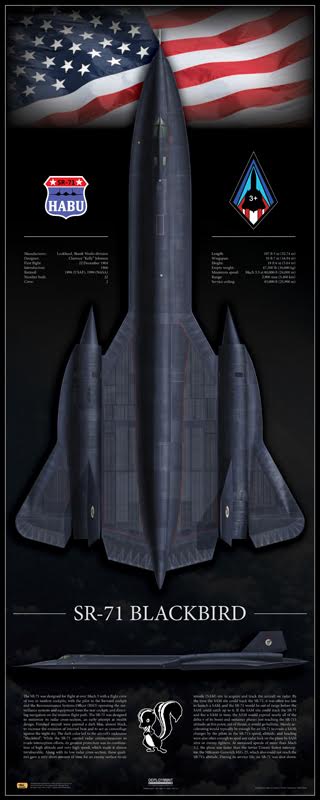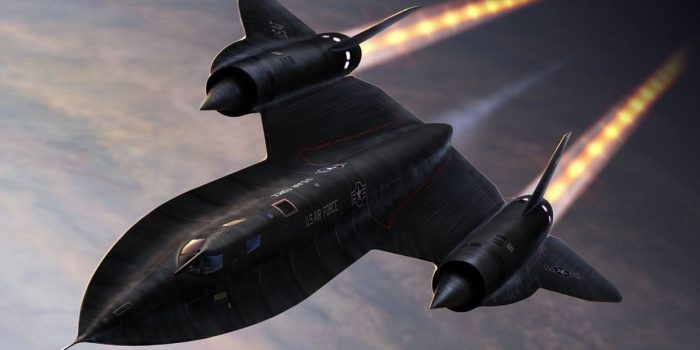The SR-71 Blackbird is a long-range, Mach 3+ strategic reconnaissance aircraft developed by the American aerospace manufacturer Lockheed Martin. It was operational with the US Air Force from 1964 to 1998 and was widely regarded as one of the most advanced aircraft of its time due to its high speed, altitude, and technological capabilities.
The Blackbird was used primarily for reconnaissance missions and flew at altitudes over 80,000 feet, making it difficult for enemy air defenses to intercept it. The aircraft was retired in 1998 due to high operating costs.
The SR-71 Blackbird was utilized for gathering intelligence in challenging regions. During its 24-year service, it was the fastest and highest-flying aircraft in operation, capable of surveying an area of 100,000 square miles per hour from over 80,000 feet.
No one ever shot down an SR-71 they never even got close. Speed and defense made it impossible.
It was the first aircraft to be constructed using titanium since the friction generated by air molecules at Mach 2.6 would have melted an aluminum frame.

“Former RSO Richard “Butch” Sheffield used to point to the nose of the SR-71 Blackbird and talk about the dimples saying, ‘This is really important, but I can’t talk about it,’ “told Linda Sheffield Miller, his daughter and an Author at The Aviation Geek Club.
But the question remained unanswered.
‘I’m assuming you’re talking about the two “dents” in the chines at the front part of the nose, one on each side? Those aren’t dents, those were put there on purpose for the more advanced ECM systems the Blackbird got in the ’70s and ‘’80s,’ says Kelly Pedron, an aviation expert, on Quora.
‘There weren’t any good places to put the ECM receivers in the front of the aircraft, so those “dents” were put in the chine to allow the installation of ECM receivers there. If you’ll notice, the flat part of the “dent” is facing about 60 degrees forward, in order to cover that quadrant of the airspace around the aircraft. Earlier models of the SR, including the A-12, were more concerned with attack radar signals from the rear, so front-mounted ECM receivers weren’t as necessary at the time. With the advent of more advanced Soviet SAM systems, like the S-200 and S-300, a forward warning receiver and jammer were required, hence the development of the so-called ECM “dents” in the nose.’
Pedron concludes; ‘So, yes, those were put there on purpose; nobody accidentally taxied an SR-71 into a solid object.’


